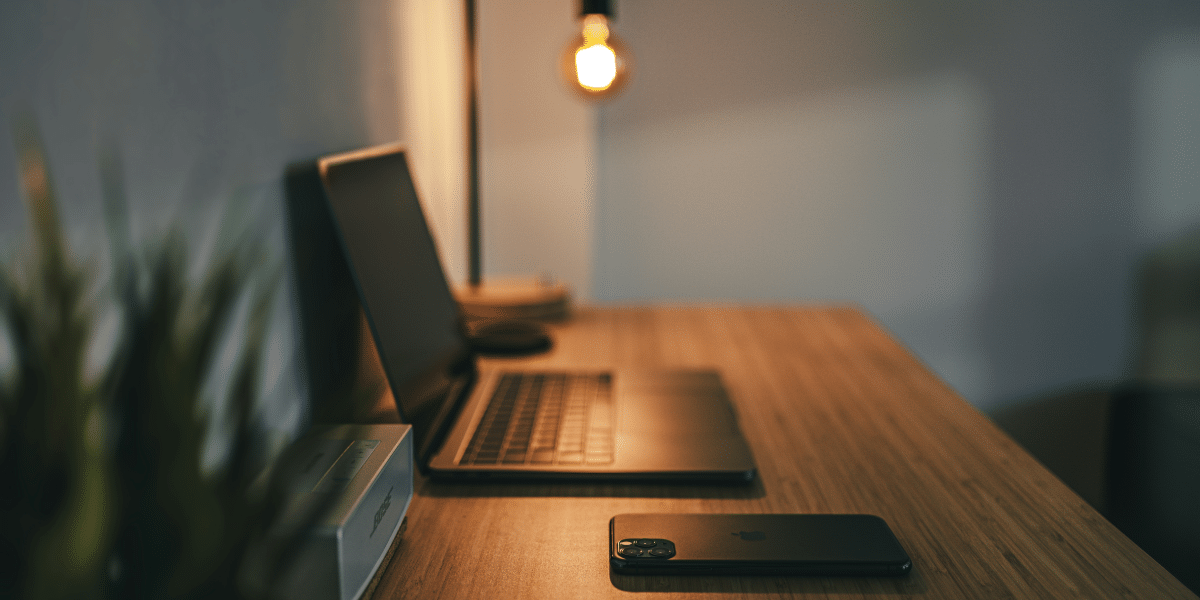Well-organized office desks are essential for maximizing efficiency and productivity. Clutter and disarray can lead to distractions, stress, and wasted time. By organizing your desk thoughtfully, you can create a workspace that promotes focus and efficiency. Here’s a comprehensive guide to help you organize your office desk for maximum efficiency.
Assess Your Needs
Identify Essential Items
Begin by identifying the essential items you need on your desk daily. These may include your computer, phone, notepads, pens, and any specific tools relevant to your job. Keep only these essentials on your desk to avoid clutter.
Prioritize Accessibility
Organize your desk so that the most frequently used items are within easy reach. This minimizes the time and effort spent reaching for necessary tools and helps maintain a smooth workflow.
Declutter Your Desk
Remove Non-Essential Items
Clear your desk of any non-essential items. This includes old documents, unnecessary office supplies, and personal items that don’t serve a functional purpose. Store these items elsewhere or dispose of them if they are no longer needed.
Sort and Categorize
Sort your remaining items into categories. Group similar items together, such as writing tools, electronics, and paperwork. This makes it easier to find what you need and keeps your desk organized.
Utilize Desk Accessories
Desk Organizers
Invest in desk organizers such as trays, bins, and drawer dividers. These tools help keep your items in order and make your workspace look neat and professional. Desk organizers are especially useful for managing small items like paperclips, pens, and sticky notes.
Monitor Stands
Using a monitor stand can free up valuable desk space and improve ergonomics. A raised monitor helps reduce neck strain and provides space underneath for storing items like notebooks or a keyboard when not in use.
Cable Management
Cables and cords can quickly create a messy and tangled workspace. Use cable management solutions like clips, ties, and under-desk trays to keep cords organized and out of sight. This not only improves aesthetics but also prevents cables from getting in the way.
Optimize Your Desk Layout
Create Zones
Divide your desk into zones based on function. For example, designate areas for your computer, writing, and reference materials. Having distinct zones helps keep your desk organized and makes it easier to switch between tasks.
Use Vertical Space
Maximize your desk space by utilizing vertical storage options. Install shelves or use wall-mounted organizers to keep items off your desk but still within reach. This is particularly useful for storing books, binders, and office supplies.
Keep Frequently Used Items Handy
Place the items you use most frequently in the most accessible spots. This might include placing your phone on a stand, keeping pens in a cup, and positioning your notepad within arm’s reach. This arrangement minimizes disruptions and maintains workflow efficiency.
Implement a Filing System
Paper Filing
Create a filing system for managing paperwork. Use labeled folders or filing cabinets to organize documents by category or project. Regularly sort through your files to remove outdated or unnecessary papers.
Digital Filing
For digital documents, establish a clear folder structure on your computer. Use descriptive folder names and subfolders to organize files logically. Regularly back up your data to prevent loss and ensure easy access to important documents.
Maintain Cleanliness and Order
Daily Tidying
Spend a few minutes at the end of each day tidying up your desk. Put away items that are out of place, file away papers, and clear off any trash or debris. This daily habit prevents clutter from building up and keeps your workspace ready for the next day.
Regular Deep Cleaning
Schedule regular deep cleaning sessions for your desk. This includes wiping down surfaces, dusting equipment, and organizing storage spaces. Regular cleaning not only maintains a pleasant work environment but also prolongs the life of your office furniture and equipment.
Personalize Your Space
Add Personal Touches
While keeping your desk organized is crucial, adding personal touches can make your workspace more inviting. Display a few personal items such as photos, plants, or decorative objects. Just be sure to keep these items to a minimum to avoid clutter.
Stay Inspired
Incorporate elements that inspire you and boost your motivation. This could be a motivational quote, a vision board, or a piece of art. These items can provide a mental boost and make your workspace more enjoyable.
Evaluate and Adjust
Assess Your Setup
Periodically assess your desk setup to ensure it continues to meet your needs. As your work evolves, you may need to adjust your organization system. Be flexible and willing to make changes to maintain an efficient workspace.
Seek Feedback
If you share your workspace with others or work in a communal office, seek feedback on your organization methods. Colleagues might have valuable insights or suggestions to improve your setup.
By following these tips and maintaining good organizational habits, you can create a highly efficient and productive workspace. A well-organized desk not only enhances your efficiency but also contributes to a more pleasant and professional work environment.
Published by: Khy Talara



















